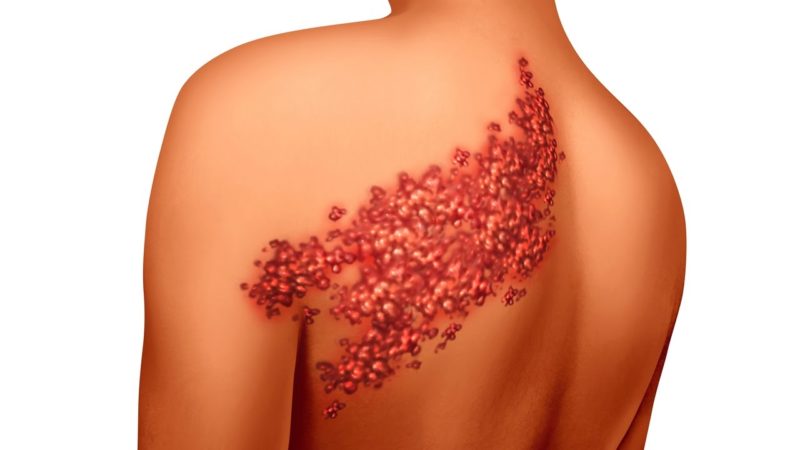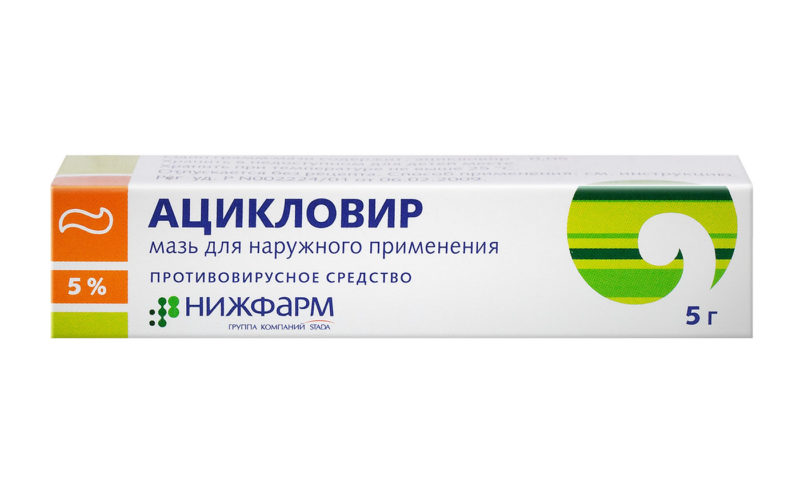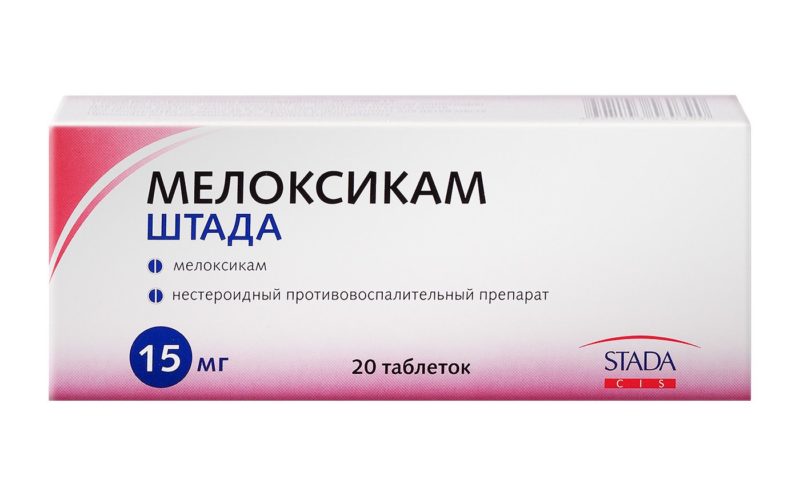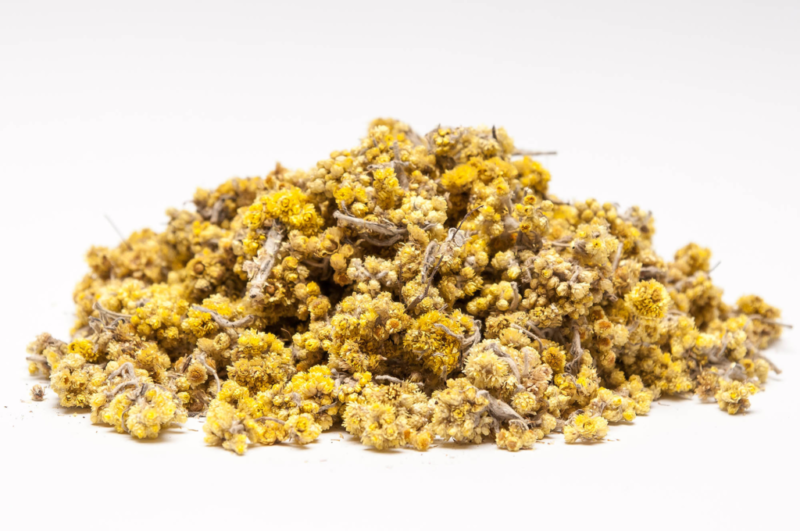An infectious disease specialist should be involved in identifying symptoms and treating herpes zoster in adults, who should be consulted at the first sign of a disease. The disease proceeds with a pronounced pain syndrome, rash and a violation of the general condition of the patient. If you ignore the symptoms and do not start treatment on time, the pathology often leads to severe complications - paresis, paralysis, meningoencephalitis. Therapy can be carried out both in the hospital and at home, it all depends on the severity of the course of herpetic infection and on the patient's desire.
Material Content:
How does herpes infection occur?
Herpes zoster (or herpes zoster) causes the same type of virus (herpes zoster) that provokes the appearance of chickenpox. When Herpes zoster first enters the human body, an ordinary chickenpox develops, with which the main percentage of children are ill. After the disease, the virus does not disappear anywhere, but remains in the body forever, hiding in the cells of the nervous system and waiting for favorable conditions for a new attack.

With the appearance of provoking factors (decreased immunity, contact with a patient with chickenpox or herpes), the pathogen activates, leaves the nerve cells and spreads along their processes, reaching the skin.
The site, which is controlled by the affected nerve, becomes covered with a characteristic rash and becomes painful.
Herpes zoster infection occurs when in contact with a person with chickenpox or shingles.
There are three ways to transmit the pathogen from the patient to a healthy person:
- airborne - a person can become infected simply by being in the vicinity of the patient, not even necessarily in the same room, as the virus moves through the air. But in the absence of direct contact, the chance of getting sick is low;
- contact - when contacting the patient (conversation, hugs, handshakes), the chance of getting sick is close to 100%, especially in the case when a healthy person touched the rash directly;
- transplacental - if a pregnant woman gets chickenpox or shingles, there is a risk of herpes virus passing through the placental barrier and infection of the fetus.
It is almost impossible to get infected through household items (dishes, clothes), since the pathogen is unstable in the external environment. It quickly perishes under the influence of the sun, heating, but can be stored frozen for a long time.
Causes of the activation of the virus and the appearance of herpes zoster
To get herpes zoster, you must first transfer chickenpox, after which the causative agent - herpes zoster - remains in the body forever.
Under the influence of provoking factors, the virus wakes up and again attacks the body.
The reasons for the activation of the virus:
- treatment with drugs that suppress immunity (methotrexate);
- transplantation of bone marrow, various organs;
- radiation therapy;
- finding a person in constant stress;
- local or general hypothermia of the body;
- the presence of oncological pathologies (lymphogranulomatosis);
- long-term antibiotic therapy or the use of glucocorticosteroids;
- the transition of HIV to the stage of AIDS.
It is interesting:radiation therapy - what are these and consequences
There is also a higher risk of getting sick in pregnant women and in people over the age of 55.
Characteristic symptoms and signs of the disease
The disease develops gradually. At the very beginning, patients complain of general malaise, rapidly onset fatigue, fever up to 37 - 37.5 degrees. The clinical picture resembles a common cold, although in some cases disorders of the gastrointestinal tract are manifested - heartburn, nausea, problems with stool.
Along with colds, signs appear that are characteristic of herpes zoster — itching and pain in those places where nerve fibers pass, that is, in areas where a rash will appear in the future.
After a few days, the patient's condition worsens sharply:
- body temperature rises to high values (39-40 ° C);
- weakness appears, you constantly want to sleep;
- pain and itching in places of projection of nerves are intensified;
- a rash appears along the nerve fibers.
Elements of rashes have several stages of development. In the beginning, pink spots up to 5 mm appear, then in their place (after 24-36 hours) bubbles form, which are arranged in small groups. After a few days, the pink background becomes pale, and the bubbles dry. In their place, crusts appear, which finally fall off within a month.
The herpes virus affects not only the skin, but also the cells of the nervous system, therefore, the disease is also characterized by neuralgic symptoms:
- bouts of severe spasmodic, burning pain, which mainly appear at night or during rest;
- violation of control over muscles that are innervated by a sick nerve;
- malfunctioning of sensitive fibers, resulting in pathological sensitivity or its absence in certain areas of the skin.
Feeling unwell remains until the vesicles turn into crusts, but the itching and discomfort of the skin can persist for a long time after the disappearance of the remaining symptoms.
Classification of the disease and diagnosis
In addition to the above-described characteristic clinical picture of rashes, there are atypical forms of its development:
- bullous (cystic) - small vesicles (vesicles) begin to merge and form a large bubble. It is most often filled not with transparent, serous contents, but with hemorrhagic, that is, with an admixture of blood;
- abortive - The easiest option for the course of the disease, usually manifests itself in people with a good immune response. Rashes do not form bubbles, but give in to reverse development even at the stage of pink spots;
- gangrenous - older adults and diabetics are more susceptible to this form, it is characterized by the fact that tissue necrosis develops in place of rash elements with subsequent scarring
- generalized - initially, herpes develops according to a typical plot, but after the appearance of local skin lesions, the rash continues to spread throughout the body - the skin and mucous membranes. Generalization of the process mainly occurs in people with immunodeficiency syndromes.

In connection with the characteristic clinical picture, the diagnosis of herpes zoster does not present any particular difficulties. An erroneous diagnosis can be made in the initial period of the disease, but with the appearance of a rash everything becomes clear.
It is interesting:herpes labia
An important role in the differential diagnosis is played by an epidemic history. To distinguish chickenpox from a generalized form of herpes, you need to know if a person has had chickenpox before. If so, then at the moment the patient is likely to have herpes, since chickenpox can be ill once in a lifetime. It is also important to know if there has been contact with a person infected with herpes zoster. If so, then most likely the patient was also infected by him.
Treatment of herpes zoster at home
Herpes treatment should be carried out under the supervision of a doctor at home or in a hospital, the doctor will prescribe a set of medications that will help relieve unpleasant sensations and accelerate recovery. Also, along with traditional medicine, you can resort to folk recipes, but only after consultation and approval of the treating specialist.
Drug treatment
For the treatment of herpes zoster, several different groups of drugs are used to comprehensively affect the virus and improve the well-being of the patient:
- Antiviral (Acyclovir) - show a therapeutic effect only at the beginning of the disease (the first three days), then their appointment will not bring any result. Medicines affect the pathogen itself, preventing it from developing and multiplying.

- Nonsteroidal anti-inflammatory drugs (Meloxicam) - fight inflammatory manifestations, lower fever and eliminate pain.

- Sedatives, antidepressants (Nitrosan) - are prescribed to improve sleep and emotional state of the patient.
- Antihistamines (Diphenhydramine) - Herpes is accompanied by severe itching, which causes discomfort and nervous irritation. Taking antihistamines can significantly reduce, or even remove an unpleasant symptom.

If severe intoxication develops, then the patient needs detoxification therapy. To do this, he is injected intravenously with a large amount of fluid (isotonic solution, glucose) and at the same time give diuretics. This method is called forced diuresis, it allows you to quickly cleanse the body of accumulated toxins.
The skin areas on which the rash appeared should be treated with solutions and ointments (Acyclovir, Zelenka, Solcoseryl). This will avoid the attachment of a bacterial infection, and also accelerate the drying out and falling off of the elements of the rash.
If pathogenic microorganisms nevertheless penetrated the affected area and caused bacterial inflammation, antibiotics are prescribed to the patient - they are used both internally and locally in the form of an ointment.
ethnoscience
Traditional medicine recipes are only good as adjuvants; you cannot use them as the main treatment method.Tinctures, compresses and lotions will help relieve pain and itching, strengthen immunity, and accelerate recovery.
- Immortelle Compresses

Take 200 ml of boiling water and pour 20-30 g of dried immortelle, put on a small fire for 15 minutes, then remove from the stove and let cool. After cooling the broth, it must be filtered. In the finished product, moisten the gauze pads and apply to sore spots. The procedure can be carried out 1-2 times a day, it will reduce pain, reduce itching.
- Garlic

Grind one peeled head of large garlic and pour 200 ml of unrefined oil, set aside for 24 hours. At the end of the day, filter the oil infusion. You can store it for no more than 3 months in the refrigerator. Ready oil should be gently rubbed into the affected areas of the skin.
- Honey and Aloe

Mix the two components in equal proportions and rub into sore spots or make lotions.
- Willow bark

Pour a large spoonful of crushed bark with 200 ml of boiling water and leave for 40-60 minutes, then strain. Take 50-70 g three times a day, preferably 10-15 minutes before eating. The infusion will strengthen the immune system, increase the reactivity of the body.
Regularly applying folk recipes, and without neglecting the advice of the attending physician, you can quickly and without consequences get rid of herpes zoster.
Complications after shingles
In some cases, complications of herpes can develop during treatment or after an illness. The risk of their occurrence is significantly increased in those people who delay or completely neglect the treatment of the disease.

Possible complications:
- neuritis;
- paralysis or paresis;
- visual impairment (with damage to the optic nerve);
- meningoencephalitis;
- pneumonia;
- pathology of the genitourinary system.
A mild form of shingles usually goes away without complications and consequences, but in people with reduced immunity, traces of the disease can remain for life.
Preventative measures
As such, the prevention of herpes zoster does not exist. There is a vaccine, but most doctors say it is not practical to use it, since the vaccination schedule is so full, and the pathology usually goes away easily and does not bring serious consequences. In addition, the effect of vaccination is short-lived.
If a person has already had chickenpox, he needs to follow several rules so as not to activate the virus again:
- avoid hypothermia;
- maintain immunity at the proper level;
- do not contact patients with herpes or chickenpox within 21 days from the beginning of the rash;
- do not abuse antibacterial drugs;
- avoid stress.
With proper and timely treatment, the prognosis of treatment for herpes zoster is favorable, and relapses are rare.













